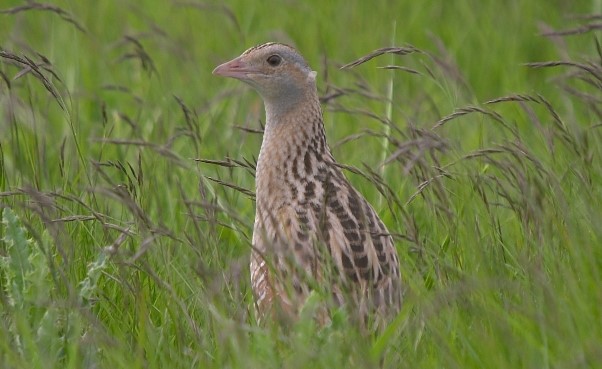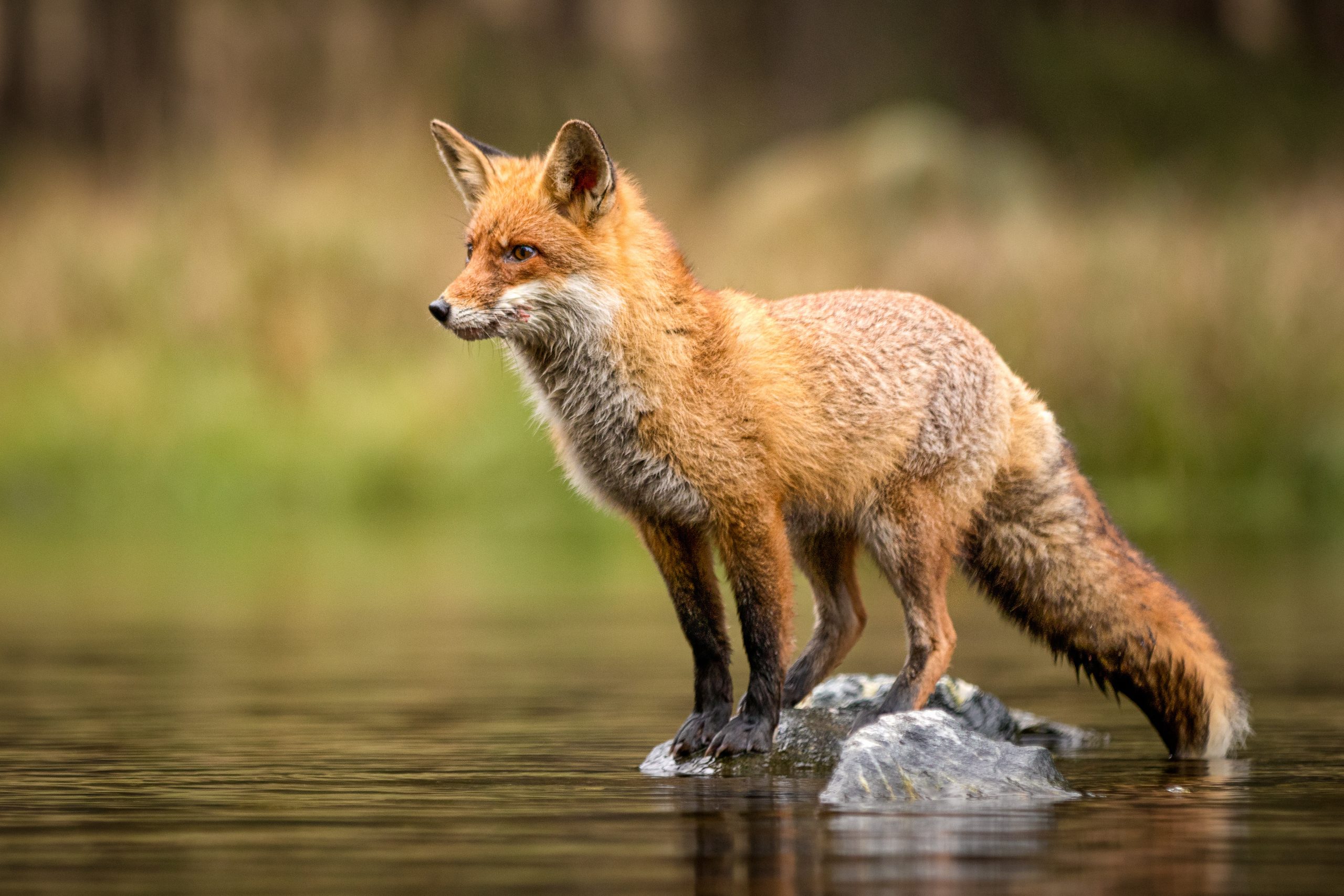Corncrake population declines for third year in a row

February 6th, 2018
There is a growing concern among conservation groups for the future of the endangered Corncrake as new data points to a further decline in the number of calling males on our island.
Once commonly recognised by its distinctive call, the corncrake has experienced a significant drop in population this century, putting the species at risk of global extinction.
Over 90 per cent of Irish habitats currently have a ‘bad’ or ‘inadequate’ conservation status and over a quarter of Ireland’s breeding birds, including the corncrake, are in decline.
Now new figures issued by the National Parks and Wildlife Service (NPWS) indicate that its population has declined for the third year in a row, down to 140 calling males from a peak of 230 in 2014.
This trend is “definitely cause for concern”, according to Dr Anita Donaghy of BirdWatch Ireland.
Population decline has largely been linked to intensive farming practices that have destroyed nests and driven corncrakes from old habitats.
In recent years, the Government brought in the Corncrake Grant Scheme and the Green Low Carbon Agri-environment Scheme (GLAS) in an attempt to support numbers on agricultural land.

Corncrake Crex crex, Ballaugh Curragh, Isle of Man Photo: Isle of Man Government
According to BirdWatch Ireland, however, the latest figures show that more targeted measures may be needed, such as creating new areas of early-growing plant cover to shelter Corncrakes when they arrive in mid-April.
Dr Donaghy said: “These figures clearly show that the Irish Government needs to maintain and increase its efforts to save this, one of Ireland’s most loved yet most endangered farmland birds.”
Corncrakes spend the winter in Africa and arrive in Ireland in mid-April. They make their distinctive rasping call from the cover of long grass when the sun is down in May and June. During summer months, the corncrake nests on the ground in areas of tall vegetation, such as hay fields.
Once common across rural Ireland, the species is now mainly confined to coastal areas of Co Donegal, Co Mayo, and Co Galway. They are now only present in small numbers in the Shannon Callows, North Donegal and western parts of Mayo and Connaught.
[x_author title=”About the Author”]







